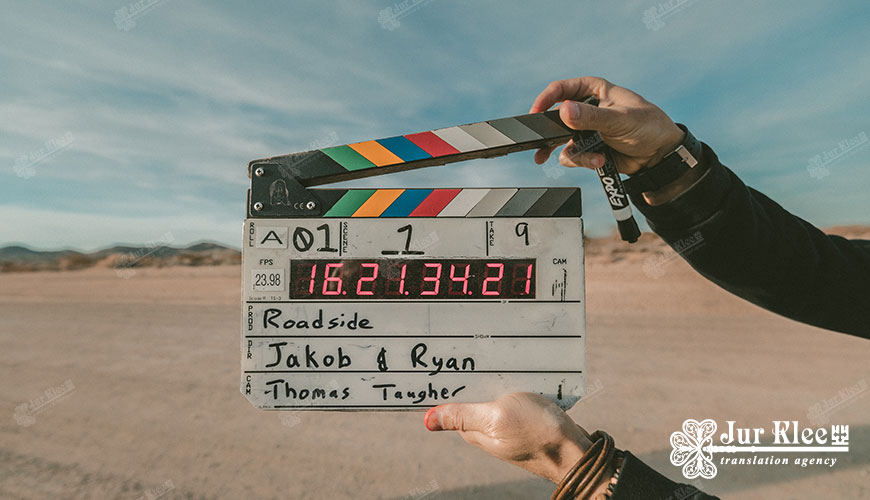
Translation of movies and games. Part 1
What is audiovisual translation?
It is a translation of video games, movies and TV series. This type of translation differs significantly from translation of the texts. In the perception of audiovisual products, the human brain not only processes the text material, but also combines this information with other sources, even with tactile, in the case of games.
In the nineties this area are faced with the "text-centrism". This is a common situation where the film was translated by translators, and submitted to the editors for verification, proofreading and minor correction. Instead, the editor redid almost all the work again, "adjusting" the translated text for the film.
A similar problem arose with the transfer of subtitles. Due to strict restrictions on the number of signs and lines that could appear on the screen, and depending on the speed of reading – sub-titlers are also often rewritten almost entirely the text of the translator. Thus, the same translation had several authors at once.
In 1995, the amount of available audiovisual content began to grow dramatically. The development of the Internet has made such content easily accessible, but at the same time there was a problem – how to localize it? Then in the translation industry, experts asked the question – what is the difference between the translation of the text and the films?
More information about movie translation techniques
According to international standards, only native speakers should be engaged in such translation. The reason for this is that the language environment is very mobile. Lexis and syntax change in just a couple of years and a person who is not constantly in the "living" environment of the language – loses its relevance very quickly. An equally important requirement is that translators do not translate "from the screen", as it is possible to misunderstand some things or miss details in a non-native language.
At the beginning, the specialist receives a video file and text, it can be in the form of a script, postproduction script or dialog continuity. The translator watches the film – a very important point is to be acquainted with the plot and catching the emotions of the characters. Then sketches, emotional and plot maps are made – it is important for the translator to understand and feel the story that he/she recreates for the viewer.
When dubbing or narration is created, time codes and notes are added, for the actors to understand with what emotion to issue a particular phrase.
How long does it take to translate a movie?
It depends on the type of work. On average, it takes seven days to create a translation for a 90-minute dubbed film. Voice-over translation takes shorter period - about two days.
In such work, there are many subtleties. When translating a phrase, it is necessary not only to preserve its meaning and shade as much as possible, but also to fit into the timing specified by the original expression. In the case of dubbing, the translated analogue still needs to be lip-sync. Even in cartoons, there are syllabic connections in which it is necessary to get in.
For this reason, sometimes it makes sense to abandon dubbing in favour of "voice-over". For example, in the case of comedy, success is built on jokes, and the mimic timing required in dubbing can "kill" half of the jokes due to shortening and adaptation of the phrases.
However, even voice-over has its limitations. If the result of the translation was significantly longer than the source - the actor, of course, can read it quickly to get into the timing, but it is noticeable and reduces the quality when viewed.
The cost of film translation
The total sum consists of several main components. Approximately 80% is the cost of voice actors, and 20% - translator's payment. The cost varies depending on the number of actors involved, as well as their fame. Popular actors are more expensive.
Translator may not be limited by translation only. Many experts do "laying" of the material for the text to synchronise with the intonation and lips. Some professionals are able to take on all the stages in this field, including subtitle development.
Subtitles require a high level of quality and control. A mistake made in the text halves the speed of perception. Since the presence of, for example, the wrong letter makes the viewer question: "Why was the mistake made in this place?"


